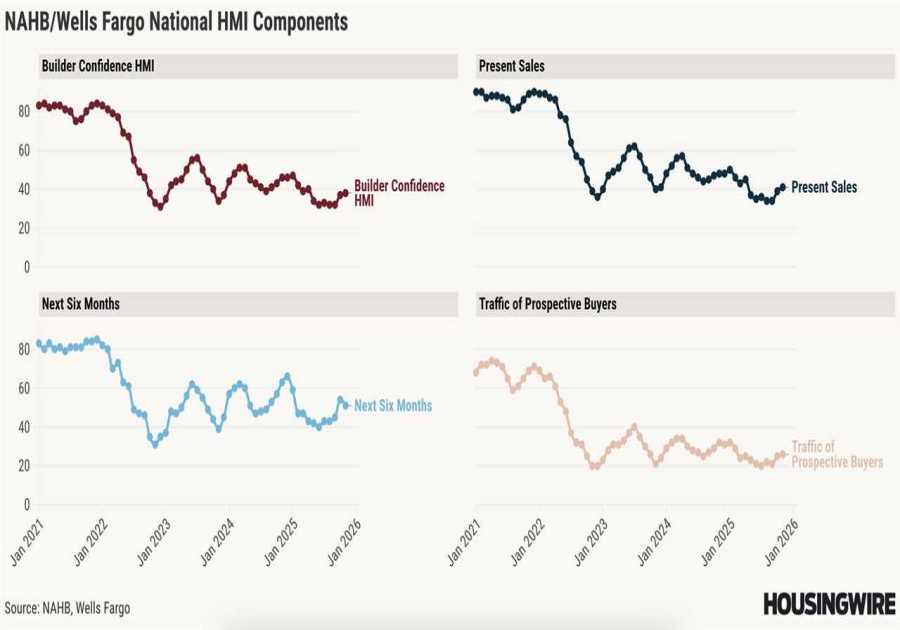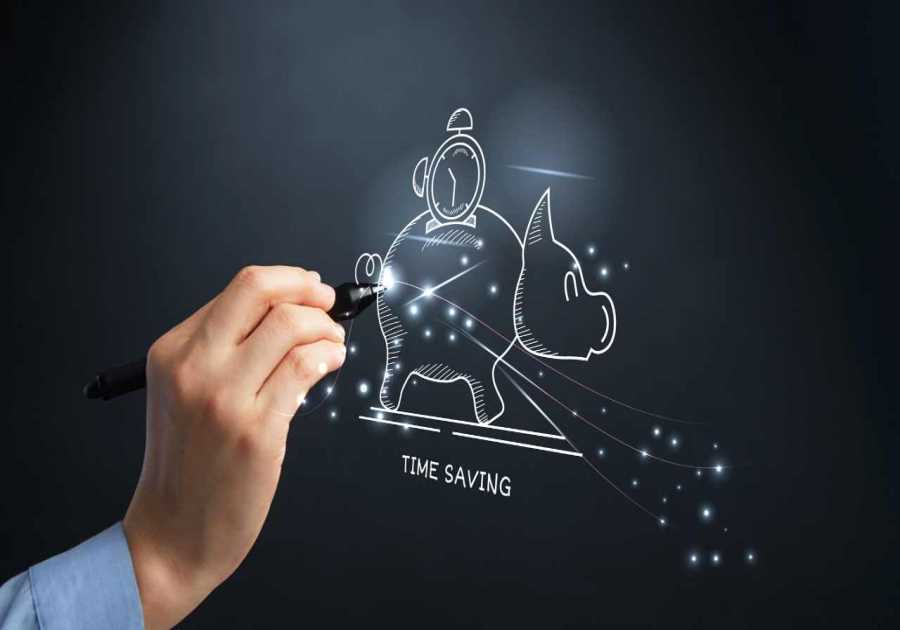Apple just unveiled the Vision Pro mixed reality headset, and I have to say that it looks like an incredible piece of hardware. If the visionOS software experience is just as good as Apple hinted on stage, we're looking at a device that will change computing. Vision Pro is not about the virtual reality games you'll play or the entertainment you'll consume on a big-screen TV. It's about laying the foundation of the computing experience of the future.
The first-gen Vision Pro is what Apple needs to launch now to develop the next-gen innovations needed to pack the same tech inside a pair of regular glasses in the future.
The Vision Pro isn't even out in stores yet, but as a future buyer of the Vision Pro, I already have a few questions I'm looking forward to Apple answering.
Why is the Vision Pro so expensive?
That $3,499 price tag is the most frustrating thing about the Vision Pro. But the price makes sense. Not because this is an Apple device, hence the profit that Apple has to make off of it, but because there's a lot of innovation behind the headset.
Making a wearable gadget that looks like this and is as powerful as a MacBook can't be cheap. The Vision Pro is miles ahead of the competition, and every tech company remotely interested in AR/VR devices will be looking to follow Apple's lead here.
But that's still a very steep price. You could buy 7 Quest 3 headsets for $3,499. But the Quest 3 will never be able to touch the Vision Pro's power, so the comparison isn't exactly fair. Still, Apple should fix the price first. I'm imagining a cheaper Vision (Vision Air?).
Unfortunately, we'll probably have to wait a few years for a cheaper Vision model.
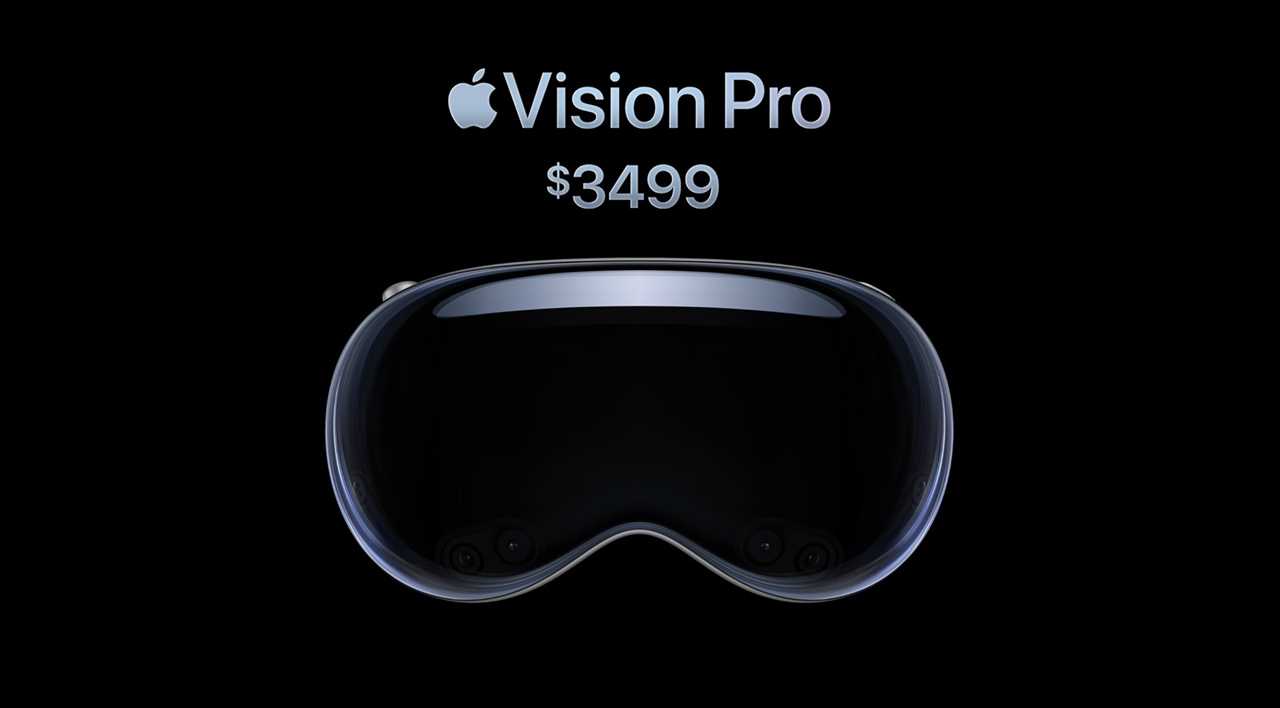
How much does it weigh?
Since I did mention the Air branding, I'll address weight next. The Vision Pro needs to be comfortable, and Apple's design segment at WWDC 2023 emphasized all the thought that went into making the AR/VR headset as comfortable as possible.
But Apple never said how much weight you'll have on your head. The heavier the device, the less you'll use it. It's strange to say that Apple needs to fix the Vision Pro's weight without trying it first, but weight has been on my mind since the early days of the "Apple AR Glasses" rumors. And, of course, I expect Apple's future generations to shave off additional grams.
In the meantime, I'll use ChatGPT for exercise recommendations that will strengthen my upper body and neck muscles to deal with extended Vision Pro sessions.
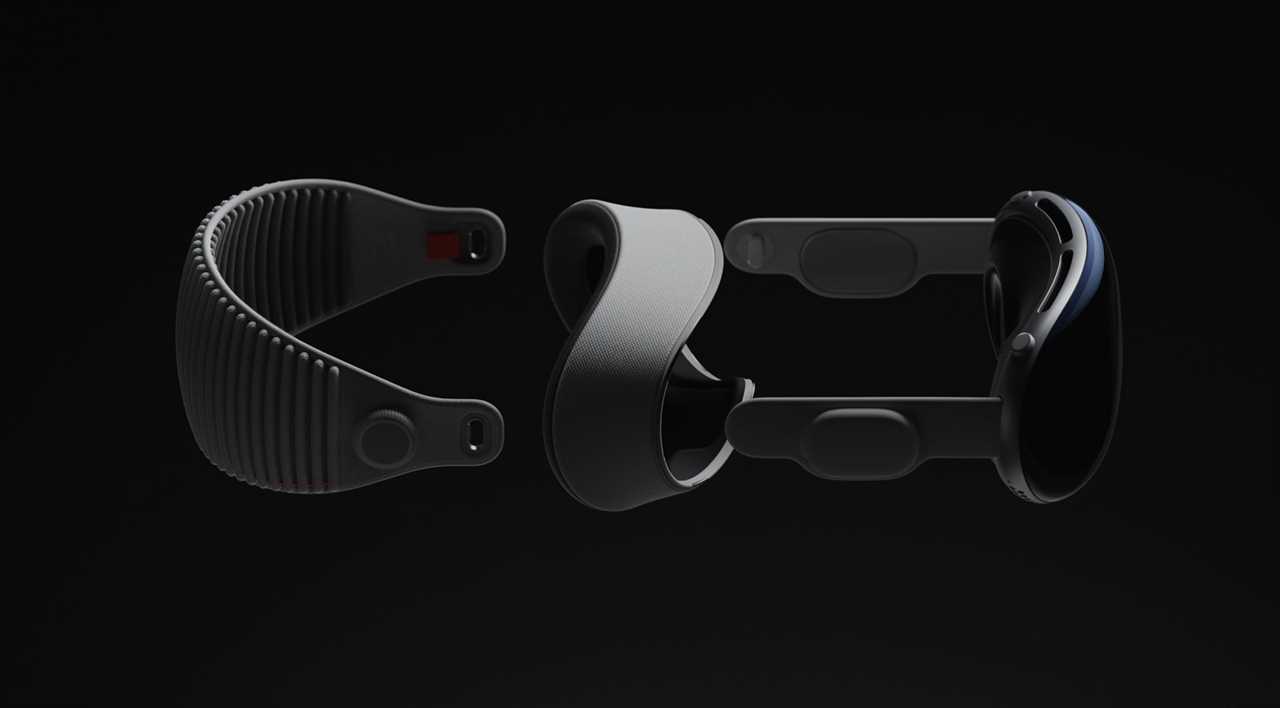
Apple needs ChatGPT-like AI on the Vision Pro
That was a joke, of course, as I needed a segue to ChatGPT. Apple just presented us with the future of computing. But there's one glaring absence here. Apple needs a ChatGPT-like service running on all of its devices natively. But especially on the Vision Pro.
I'm afraid that Siri might not be enough, no matter what improvements it gets by the time the Vision Pro hits stores. The last thing you want to hear from Siri is that it didn't understand something. Future visionOS updates will hopefully bring a smarter Siri to the headset.
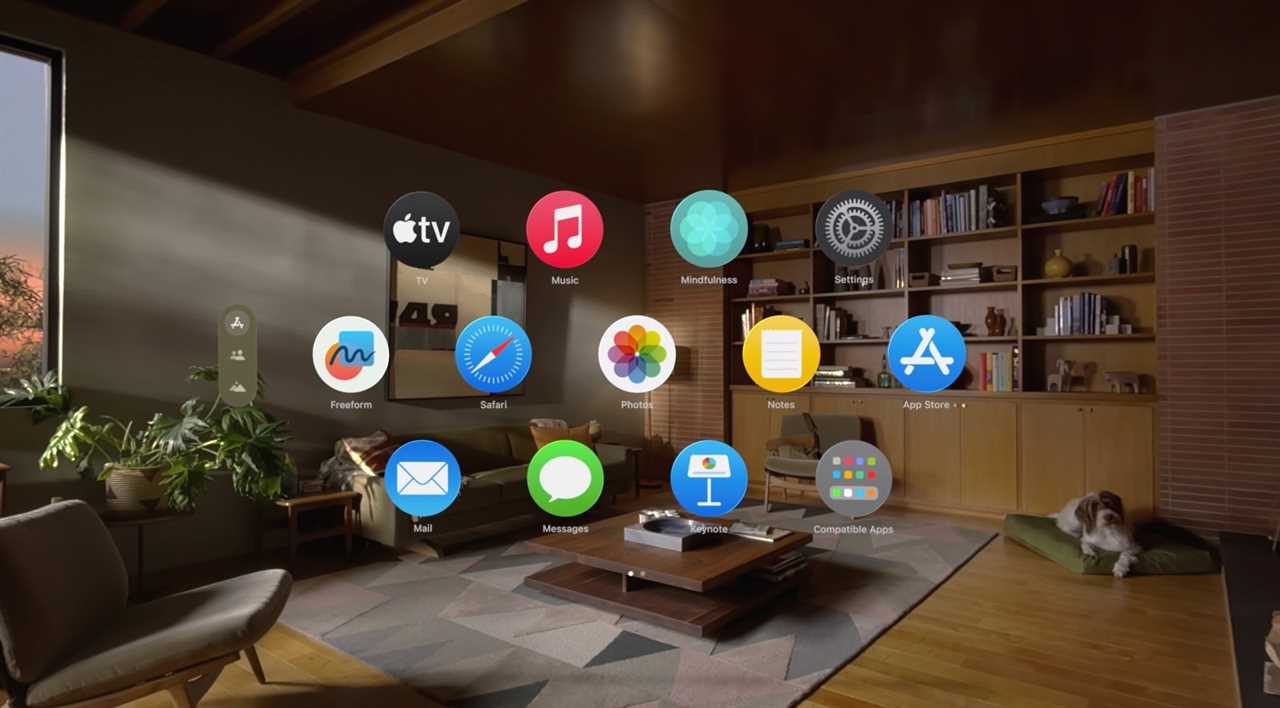
Let’s talk about battery life
You can use the Vision Pro all day while it's plugged in, assuming it's comfortable enough for such a long session, of course. But in most instances, you'll want to move around. And when you do move around, you'll want to use the Vision Pro for as long as possible.
Apple claims two hours of battery life on a single charge, which is not great.
Also, that external battery pack you carry around in your pocket is about as big as an iPhone. That's a great, comfortable size. But it comes with a built-in cord, which has a custom plug. That means Apple probably won't let you use third-party battery packs. Hopefully, that will change down the road.
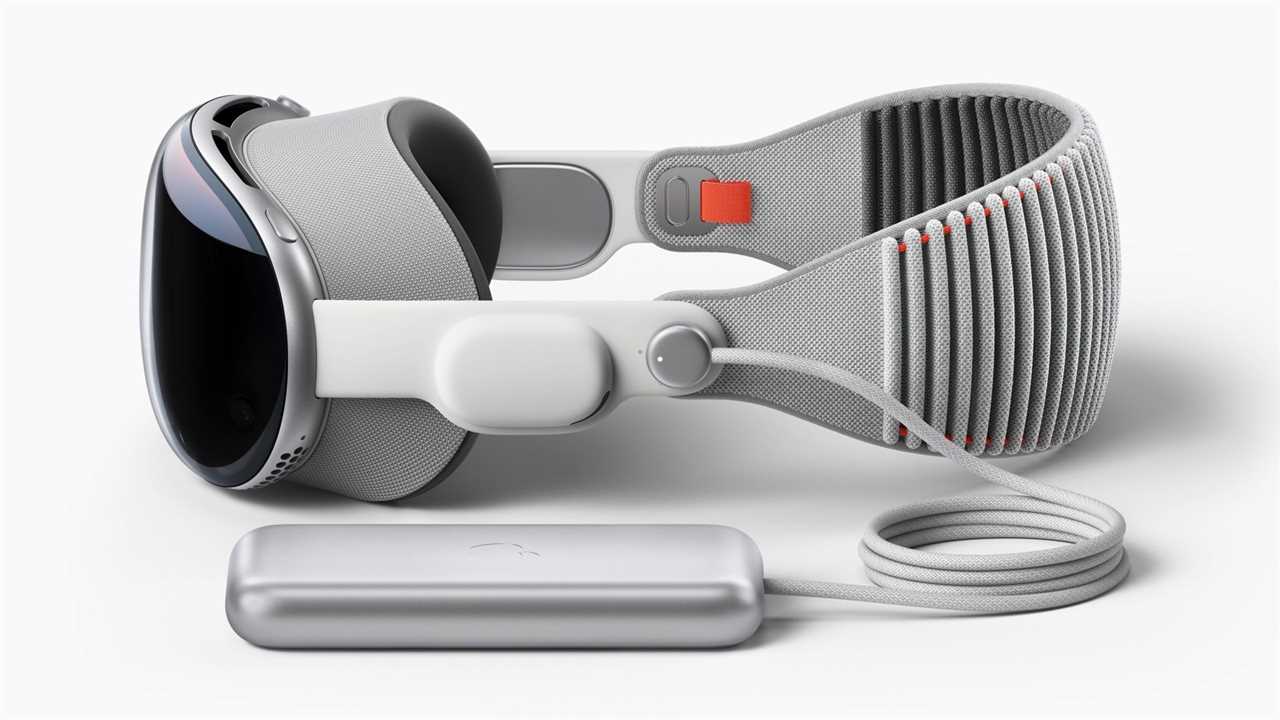
A future Vision Pro will need cellular connectivity
The current Vision Pro model only supports Wi-Fi. At least, that's what I'm assuming from Apple's WWDC presentation. I'm sure Apple would have mentioned it if it were to feature a 5G connection.
You're going to use the device mostly indoors and over Wi-Fi. And you can always turn your iPhone into a mobile hotspot. But the Vision Pro could surely benefit from cellular connectivity, especially as Apple is moving to eSIM-only connections.
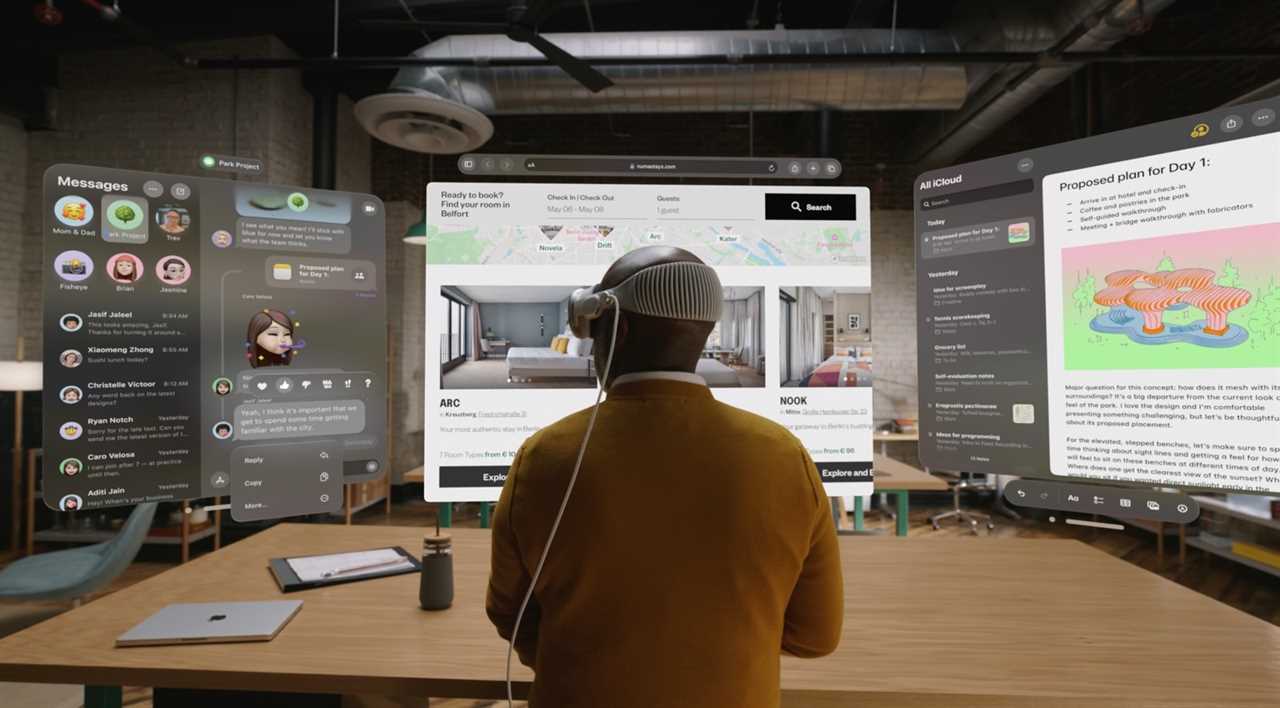
What about overheating?
Again, I haven't tried the Vision Pro and don't know how fast it'll overheat. But after weight, this is also a serious concern. Apple explained the Vision Pro's cooling system on stage, showing that a great deal of thought went into this aspect of the device.
But I am worried about overheating, and I can see use cases where that might happen, like running multiple apps side by side or graphics-intensive games and apps.
All of Apple's devices can overheat, but they don't sit on your face when they do. Also, overheating would impact battery life.
I left this one for last because this is a key issue that Apple has to figure out from the start. The software has to run impeccably. visionOS issues could lead to overheating and a poor experience. And hopefully, Apple can preempt that.
The post 6 Vision Pro headset problems Apple needs to fix appeared first on BGR.
Trending Right Now:
- A 2013 Jason Sudeikis movie is now dominating Netflix, following the end of Ted Lasso
- Scientists have been baffled by this 2,000-year-old ‘computer’ since it was discovered 120 years ago
- How to install Apple’s first iOS 17 beta once it’s released today
Read More
By: Chris Smith
Title: 6 Vision Pro headset problems Apple needs to fix
Sourced From: bgr.com/tech/6-vision-pro-headset-problems-apple-needs-to-fix/
Published Date: Mon, 05 Jun 2023 23:02:00 +0000
.png)



